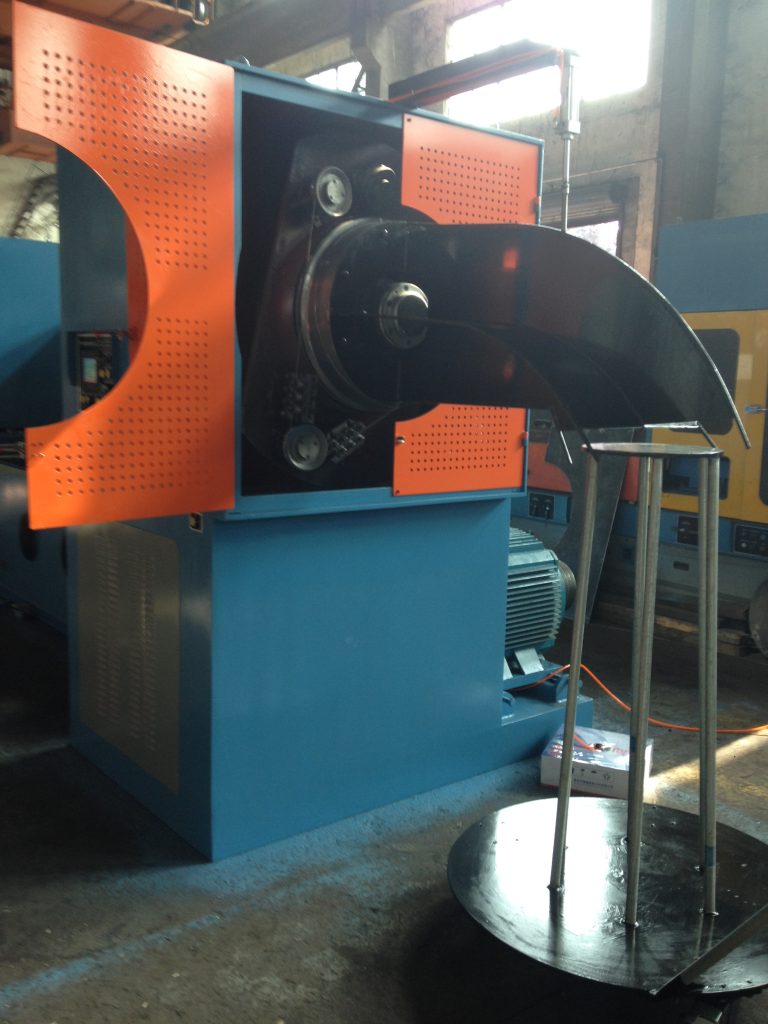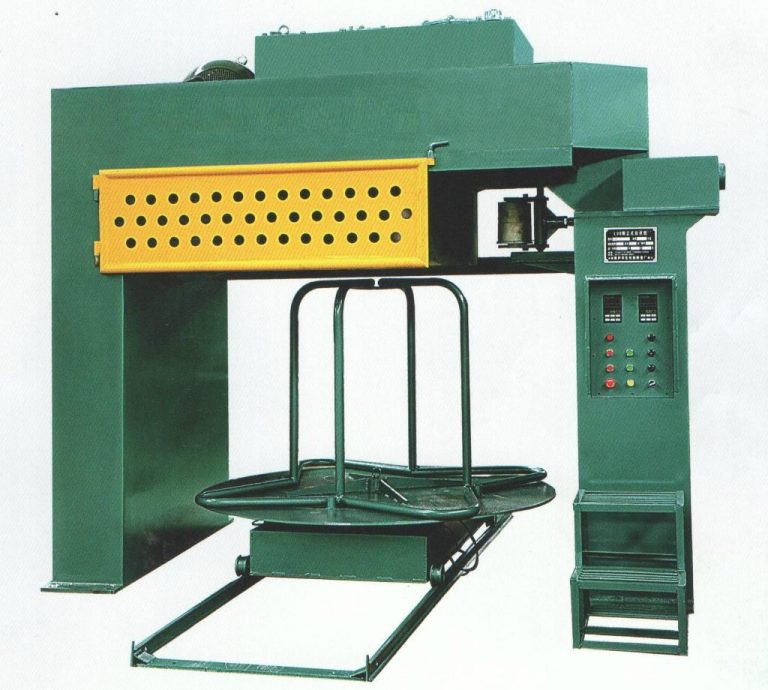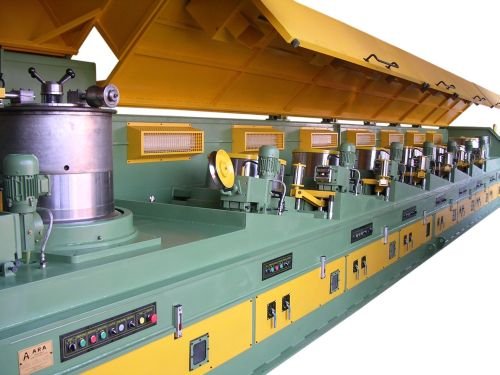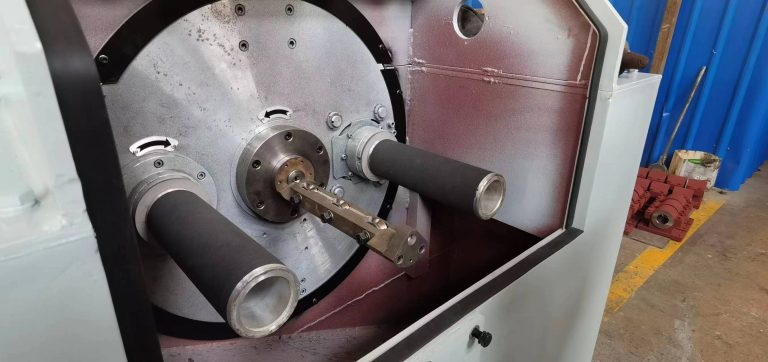Table of Contents
Understanding of Using a Wire Spooling Machine in Industrial Applications
Wire spooling machines are essential tools in various industrial applications, providing numerous benefits that help streamline processes and improve efficiency. These machines are designed to wind wire onto a spool in a controlled and precise manner, making them ideal for industries that require the handling of large quantities of wire on a regular basis.
One of the key benefits of using a wire spooling machine is the ability to increase productivity. By automating the process of spooling wire, these machines can significantly reduce the time and labor required to complete the task manually. This allows workers to focus on other important aspects of their job, leading to a more efficient and streamlined workflow.
In addition to saving time and labor, wire spooling machines also help improve the overall quality of the spooled wire. These machines are equipped with advanced technology that ensures the wire is wound onto the spool evenly and securely, reducing the risk of tangling or damage during transportation and storage. This results in a higher quality end product that meets the standards of even the most demanding industries.
Another benefit of using a wire spooling machine is the ability to customize the spooling process to meet specific requirements. These machines can be programmed to spool wire at different speeds, tensions, and lengths, allowing for greater flexibility and control over the final product. This level of customization is particularly useful for industries that require wire of varying sizes and specifications, as it ensures that each spool is tailored to meet the specific needs of the customer.
Furthermore, wire spooling machines help reduce waste and minimize the risk of errors in the spooling process. By automating the winding process, these machines eliminate the potential for human error and ensure that each spool is wound to the exact specifications required. This not only helps reduce waste but also improves the overall efficiency and accuracy of the spooling process.
Additionally, wire spooling machines are designed to be durable and reliable, making them a cost-effective investment for industrial applications. These machines are built to withstand the rigors of daily use in a demanding industrial environment, ensuring that they will continue to perform at a high level for years to come. This longevity and reliability help reduce maintenance costs and downtime, further increasing the overall efficiency and productivity of the operation.
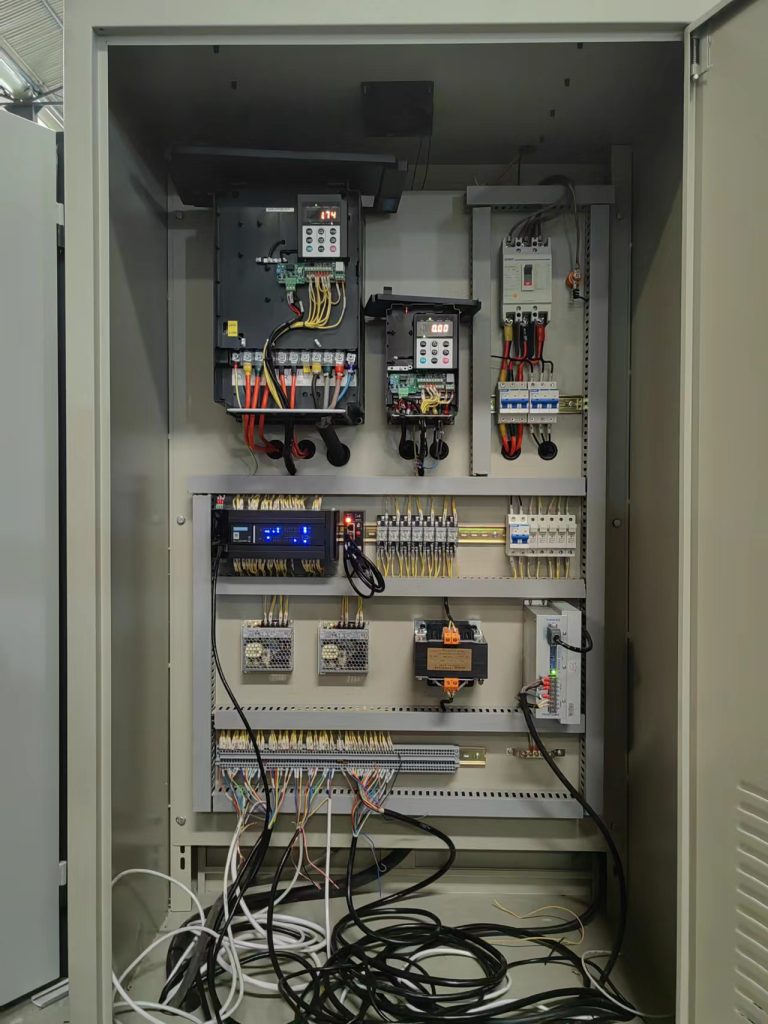
In conclusion, wire spooling machines offer a wide range of benefits for industrial applications, including increased productivity, improved quality, customization options, waste reduction, and cost-effectiveness. These machines are essential tools for industries that require the handling of large quantities of wire, providing a reliable and efficient solution for spooling wire in a controlled and precise manner. By investing in a wire spooling machine, industrial businesses can streamline their processes, improve efficiency, and ultimately enhance their overall productivity and profitability.
How to Properly Maintain and Troubleshoot a Wire Spooling Machine
Wire spooling machines are essential tools in various industries that deal with wires and cables. These machines are used to wind wire onto a spool in an organized and efficient manner. Proper maintenance and troubleshooting of a wire spooling machine are crucial to ensure its optimal performance and longevity.
Regular maintenance of a wire spooling machine is necessary to prevent breakdowns and ensure smooth operation. One of the key maintenance tasks is to regularly clean the machine to remove any dirt, dust, or debris that may accumulate over time. This can be done using a soft brush or cloth to gently wipe down the machine and remove any buildup.
In addition to cleaning, it is important to regularly inspect the machine for any signs of wear and tear. Check for loose or damaged parts, such as belts, gears, or bearings, and replace them as needed. Lubricate moving parts to reduce friction and ensure smooth operation. Proper lubrication can also help prevent overheating and extend the life of the machine.
Another important aspect of maintaining a wire spooling machine is to regularly check the tension settings. Proper tension is crucial for winding wire onto the spool evenly and preventing snags or tangles. Adjust the tension settings as needed to ensure consistent winding and prevent damage to the wire.
When troubleshooting a wire spooling machine, it is important to start by identifying the problem. Common issues that may arise include uneven winding, jammed wire, or machine malfunctions. Begin by checking the tension settings and inspecting the machine for any visible signs of damage or obstruction.
If the wire is winding unevenly, check the tension settings and adjust them as needed. Make sure the wire is feeding properly onto the spool and that there are no obstructions causing it to snag or tangle. If the wire is jammed, carefully remove the jammed wire and inspect the machine for any underlying issues that may have caused the jam.
If the machine is malfunctioning, check the power source and connections to ensure everything is properly connected and functioning. Inspect the machine for any loose or damaged parts that may be causing the malfunction. If necessary, consult the manufacturer’s manual for troubleshooting tips or contact a professional for assistance.
In conclusion, proper maintenance and troubleshooting of a wire spooling machine are essential to ensure its optimal performance and longevity. Regular cleaning, inspection, and lubrication are key maintenance tasks that can help prevent breakdowns and extend the life of the machine. When troubleshooting issues, start by identifying the problem and checking for common issues such as tension settings, jammed wire, or machine malfunctions. By following these tips, you can keep your wire spooling machine running smoothly and efficiently for years to come.

